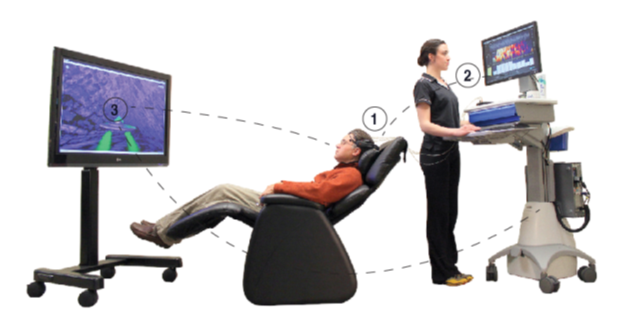
qEEG entails placing small sensors on the scalp to record brain oscillations. These cerebral oscillations are then analyzed to identify patterns that may indicate sleep conditions, including sleep apnea. By analyzing these trends, healthcare professionals can obtain a more precise understanding of how sleep apnea interrupts normal brain activity during slumber. This data can be crucial for developing efficient treatment strategies customized to specific clients. Understanding the connection between qEEG and sleep apnea can lead to enhanced identification techniques and better outcomes for those impacted by this disorder.
Studies has demonstrated that people with sleep apnea often exhibit distinct changes in their brain wave trends. For example, during find here episodes of apnea, the brain may show increased activity in certain regions while additional regions become more engaged. These changes can affect how well a individual slumbers and how rested they feel upon waking. By using qEEG to monitor these brain wave trends, physicians can identify particular characteristics of sleep apnea in patients, which can help in formulating a more precise identification. This is particularly crucial because sleep apnea can occasionally be confused for alternative sleep conditions, resulting to inappropriate therapies.
In furthermore to improving diagnosis, qEEG can also play a role in evaluating the efficacy of treatments for sleep apnea. For instance, after a patient starts employing a constant beneficial airway force (CPAP) device, which helps keep the airway clear during slumber, qEEG can be used to assess changes in brain activity. If the brain shows improved patterns of slumber after initiating treatment, it may suggest that the treatment is functioning well. This feedback can help doctors make necessary adjustments to treatment plans, ensuring that patients receive the best treatment feasible.
In summary, the relationship between qEEG and sleep apnea trends is an promising area of study that offers potential for enhancing diagnosis and treatment. By understanding how sleep apnea impacts cerebral function, healthcare providers can formulate more efficient approaches to assist clients achieve better sleep and improve their overall well-being. As studies progresses to advance, it is probable that qEEG will turn into an essential tool in the fight against sleep apnea, leading to better results for those who suffer from this challenging condition.